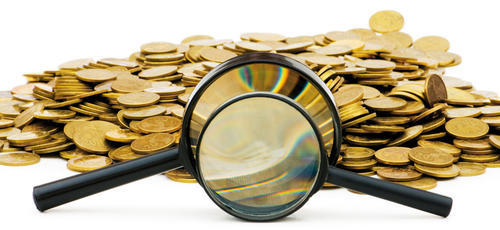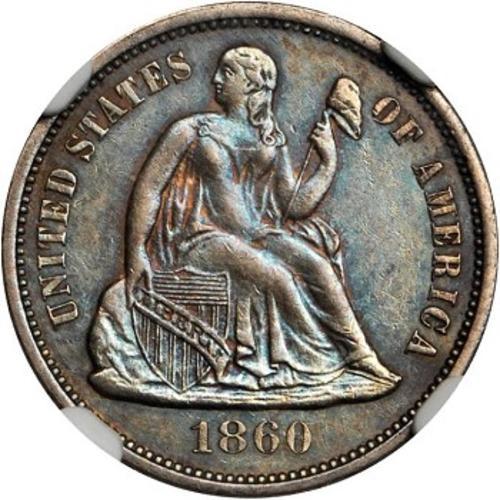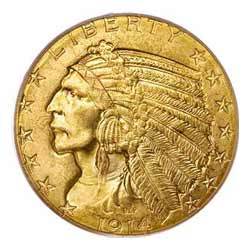Rarity and Condition
People have been collecting coins from the time that the first coins were minted in early Greek and Roman times of around 600 BC, both for their face value and also for the added value, which can be due to special characteristics or limited availability.
But how can you determine the value of the rare coins in your collection?
There are many factors that can determine if a coin is valuable, such as limited numbers, obscure variations, metal content, for example gold or silver, and condition. Let’s look at these factors in more detail to see what you need to be aware of when evaluating a coin. |  |

 
| A coin expert will follow several basic procedures when evaluating a rare coin. Firstly, the coin should be handled as little as possible to avoid any damage; wearing soft gloves will help you here. Place the coin on a soft, non-abrasive surface such as a jeweller’s cloth and if possible arrange a light source above the coin. A magnifying glass, or better still a lamp fitted with a magnifying lens, will help you examine the details more closely. Take a look at the faces of the coin first. The better the condition of the coin, the more valuable it will be. Make a note of any scratches, deformities or other damage on both sides. Check for the date, the country of origin, and the coin’s denomination (face value). This will enable you to look up the coin in a catalogue or on the internet to get a basic idea of its rarity and possible value.
Grades for rare coins are defined as fair when the coin is so well worn that identification marks are hard to read. A coin in good condition is still well worn, but lettering and other marks can be seen. If your coin has definition in the identification marks and is lightly worn, it will be classified as a fine coin. To obtain a very fine grade, your coin will still have some light wear. If this light wear is restricted to just the high points of the coin, it can be classified as very fine, while the top of the range grade, mint condition, allows for no wear visible to the naked eye at all.
Evaluating rare coins is not an exact science, but by following these steps you will begin to get an idea of the possible value of your rare coin. Market demand will determine how much your coin is actually worth, so to get a more accurate answer; it’s a good idea to seek the help of a reputable coin dealer.
Good luck with your treasure trove!
|



